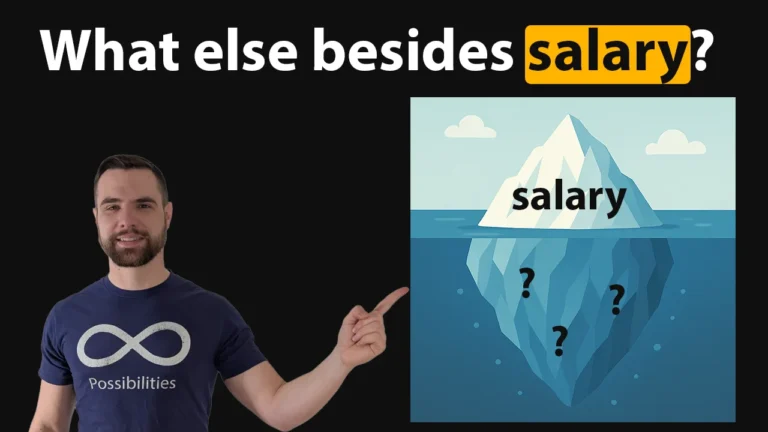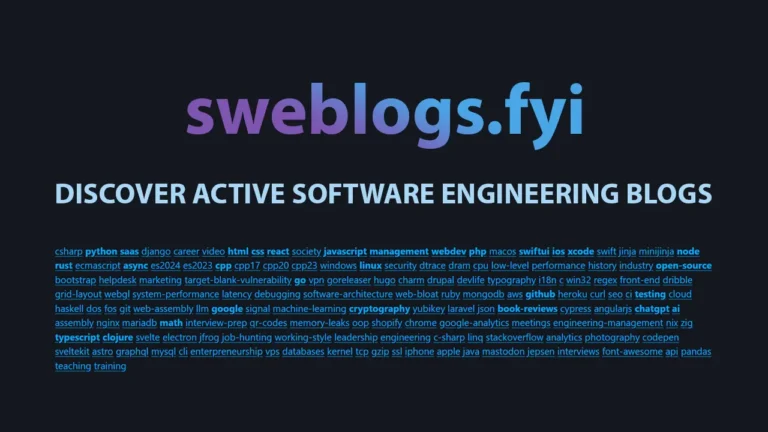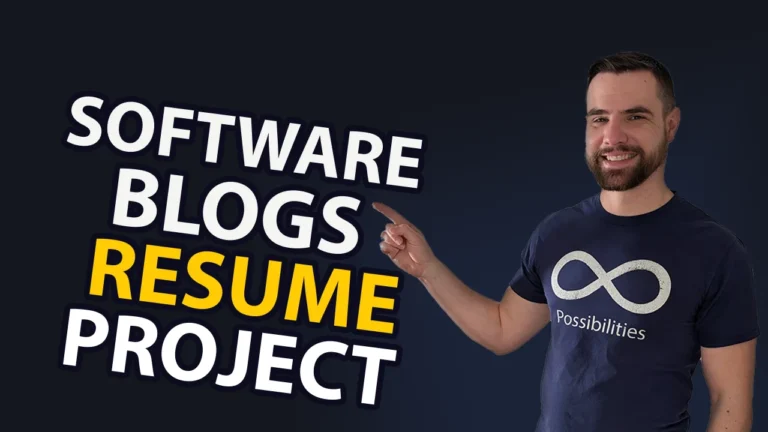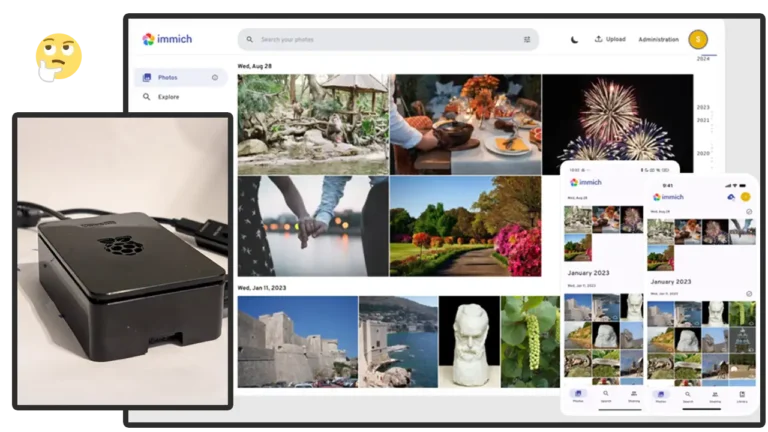
Perks and Benefits to Negotiate in Interviews
Salary Is Just the Tip of the Iceberg Salary matters, no doubt about it. But when it comes to long-term happiness and success as a software engineer, it’s only the beginning. And sometimes, salary is completely non-negotiable (especially if it’s your first job out of college in 2025). So… what…









